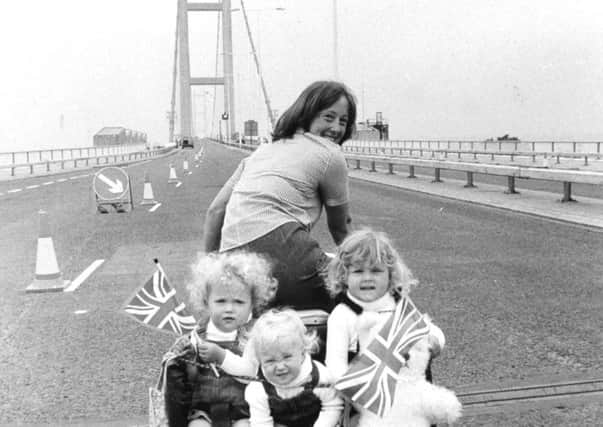Leeds nostalgia: Cost of tunnel under Humber just too high back in 1946


In Parliament, Foreign Secretary Ernest Bevin said a wartime loan to Greece of £46m would now be transformed into a ‘gift’. At the same time, he asked for approval to loan a further £10m to the impoverished country to stabilise the Greek currency.
Meanwhile, Russia was warned about interfering in Persia.
In other news, the debate was raging on how best to cross the River Humber, the options being to bridge or tunnel.
Advertisement
Hide AdAdvertisement
Hide AdComparitive cost estimates were produced and estimated a six-span bridge would cost £5m, a single-span, which would be the longest in the world, came in at £6.4m, while a tunnel would set the Government back £14m.
Freeman, Fox and Partners, consultant engineers, retained by Hull Corporation, rejected the idea of a bridge saying not only was it much more costly but the damger of the ventilation system breaking down or some sort of blockage caused by broken-down traffic, though small, would have a significant impact.
In any case, there would need to be three tunnels - two circular 32ft 6inch roadways for vehicles and a third tunnel for cyclists. It was also pointed out that the nature of the subsoil was not condusive to tunneling.
It was also estimated that the tunnels would need to go about a mile below the actual river bed and run for three miles, including approaches and exits.
Advertisement
Hide AdAdvertisement
Hide AdHowever, even with the prefered option of a bridge, it was noted that such a project could not be completed by 1950. Reports of the day estimated once complete, the bridge would take up to 15,000 tons of traffic per day.
And finally, the Government unveiled a najor social reform in the National Insurance Bill, which promised ‘pensions for all’ and was described in Parliament as “the best insurance bargain in the world.” It would come into effect in 1948.